Proper maintenance of low-voltage motors is crucial to ensure their longevity, reliability, and optimal performance. Regular maintenance practices can help prevent breakdowns, reduce energy consumption, and extend the life of these important industrial components. Here are some essential steps to maintain low-voltage motors:
Regular Inspection:
Conduct visual inspections regularly to check for any signs of wear, damage, or overheating. Look for loose connections, frayed wires, and worn-out components.
Inspect motor windings for any signs of insulation breakdown or overheating. Discoloration or burn marks may indicate issues.
Lubrication:
Ensure that the motor's bearings are properly lubricated according to the manufacturer's recommendations. Over- or under-lubrication can cause bearing damage.
Use the correct type and amount of lubricant, and establish a regular lubrication schedule.
Cleanliness:
Keep the motor and its surroundings clean to prevent dust and debris from accumulating on the motor's cooling fins or ventilation openings.
Clean air filters, if applicable, to maintain proper airflow and cooling.
Tighten Electrical Connections:
Check all electrical connections, including terminals, wires, and cable connections, to ensure they are tight and secure. Loose connections can lead to overheating and motor failure.
Temperature Monitoring:
Utilize temperature sensors to monitor the motor's operating temperature. Abnormal temperature spikes can indicate issues with the motor or its load.
Vibration Analysis:
Perform vibration analysis regularly to detect any unusual vibrations or imbalances in the motor. Excessive vibration can lead to premature wear and failure.
Balancing:
Balance rotating components, such as fan blades or impellers, to minimize vibration and reduce wear on the motor's bearings.
Alignment:
Ensure that the motor and the connected equipment are properly aligned. Misalignment can cause excessive wear on couplings, bearings, and the motor shaft.
Environmental Considerations:
Protect the motor from harsh environmental conditions, such as moisture, dust, and corrosive substances, by using appropriate enclosures or covers.
Insulation Testing:
Periodically test the insulation resistance of the motor windings using a megohmmeter. Low insulation resistance can lead to motor failure.
Schedule Preventive Maintenance:
Create a preventive maintenance schedule that outlines the specific maintenance tasks and their frequency. This schedule should be based on the motor's operating conditions and the manufacturer's recommendations.
Training and Documentation:
Ensure that personnel responsible for motor maintenance are adequately trained and have access to documentation, including the motor's technical specifications and maintenance guidelines.
Upgrade and Retrofit:
Consider upgrading or retrofitting older motors with energy-efficient technologies, such as variable-frequency drives (VFDs) or high-efficiency motors, to reduce energy consumption and improve performance.
Data Monitoring and Analysis:
Implement a data monitoring system that tracks motor performance and collects data for analysis. Advanced monitoring systems can provide early warnings of potential issues.
By following these maintenance practices and regularly monitoring the condition of low-voltage motors, you can significantly extend their lifespan, reduce downtime, and ensure the reliable operation of industrial processes. Remember to always refer to the manufacturer's guidelines and consult with qualified technicians when performing maintenance tasks on electrical equipment.

 English
English 中文简体
中文简体


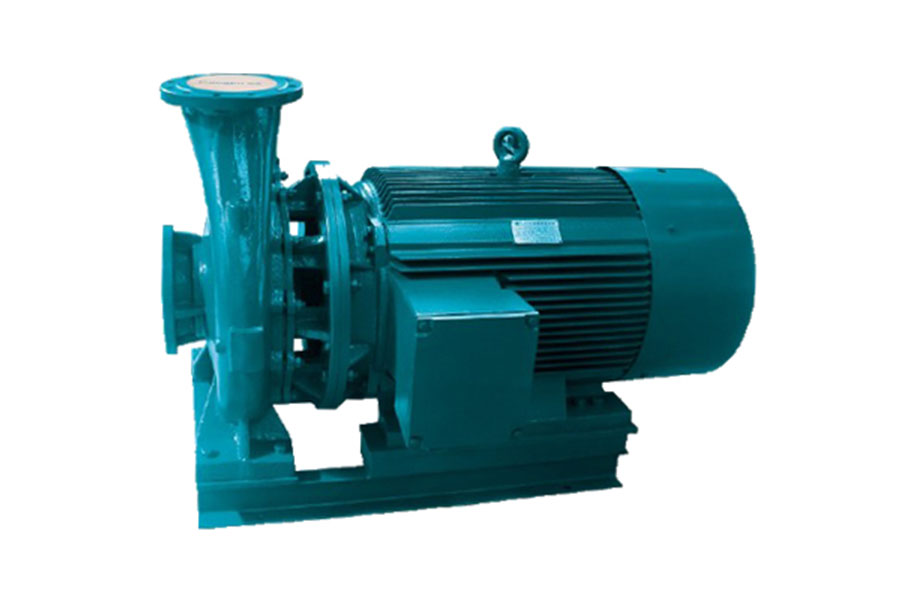
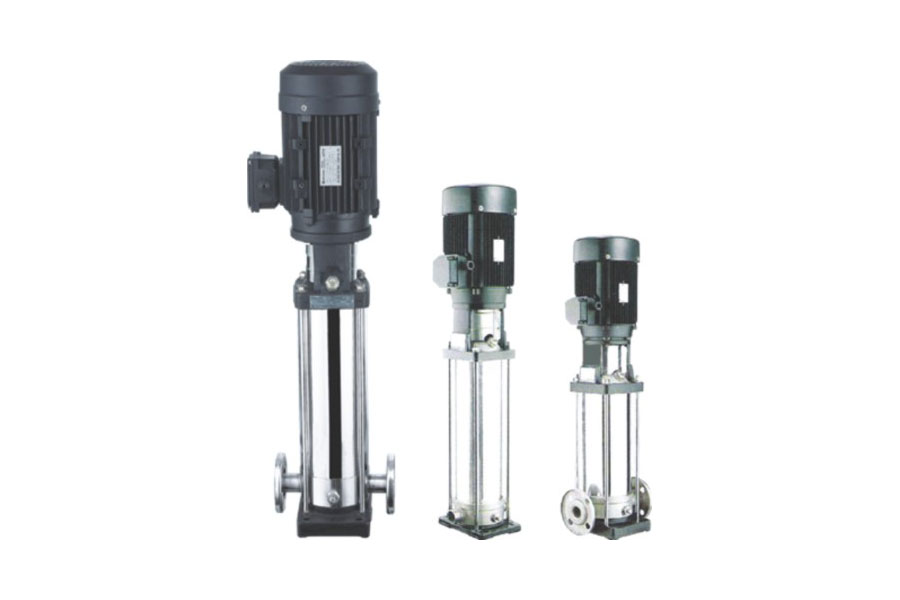
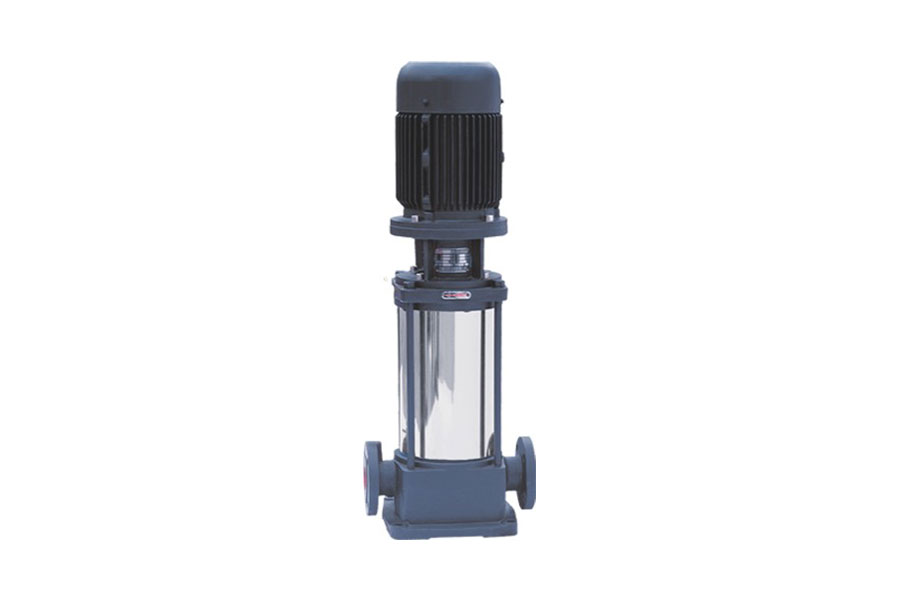
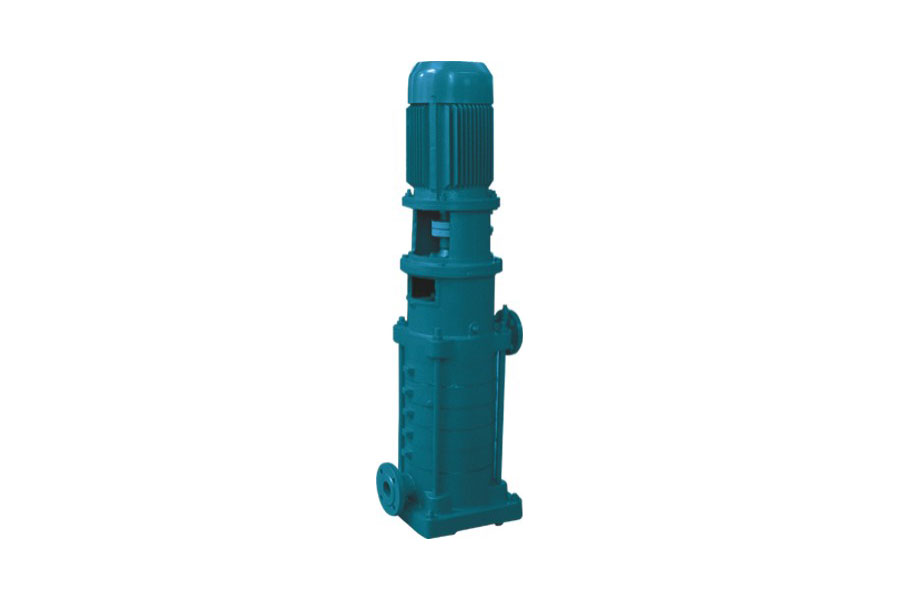
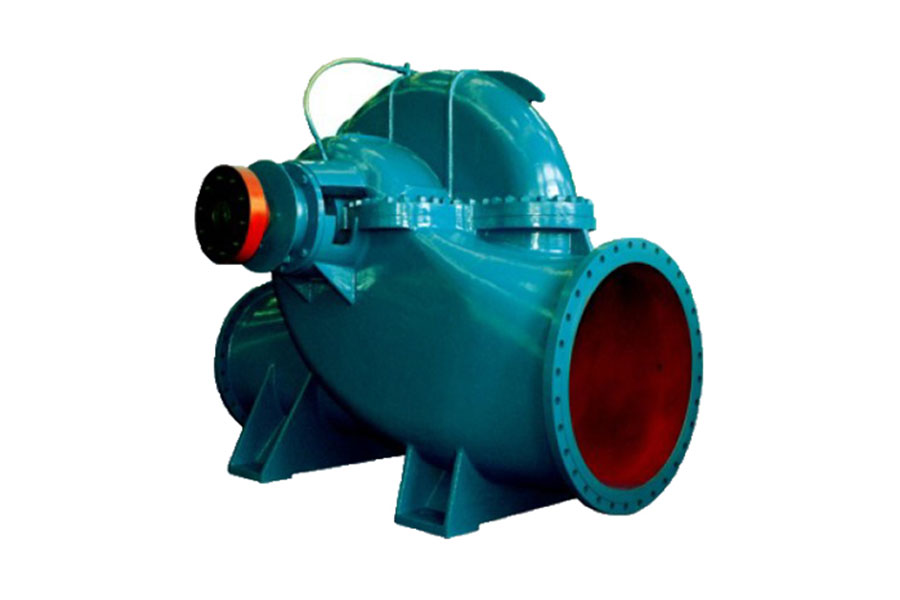

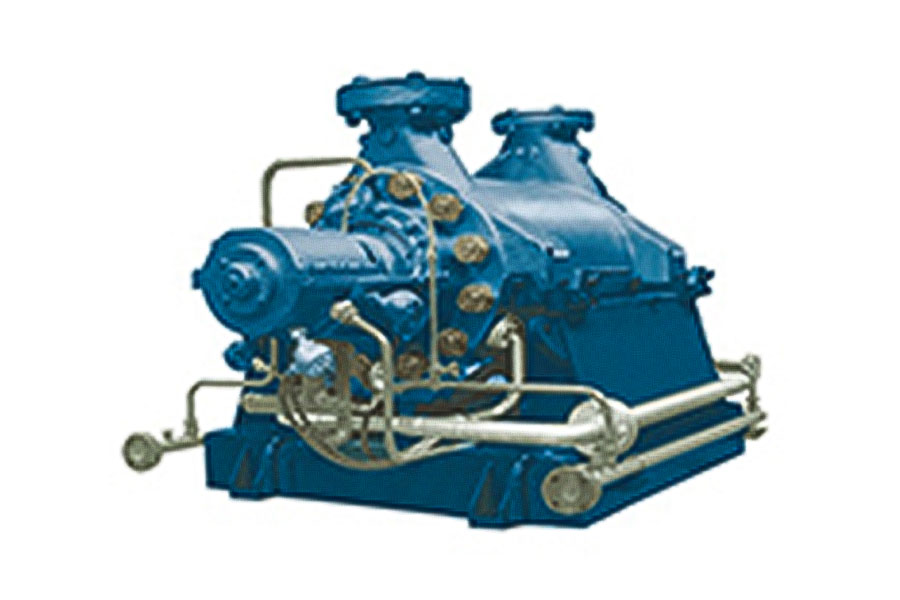
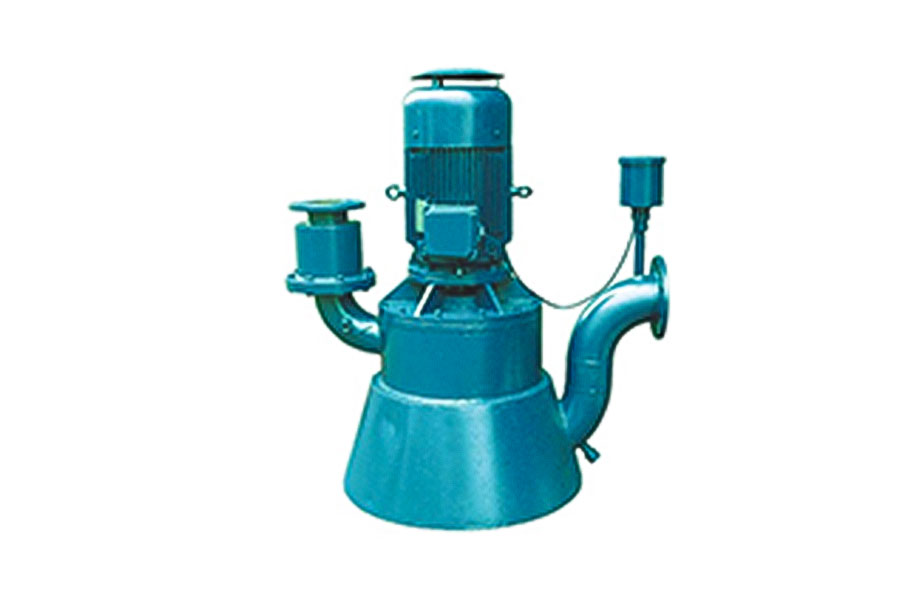








 Home
Home




